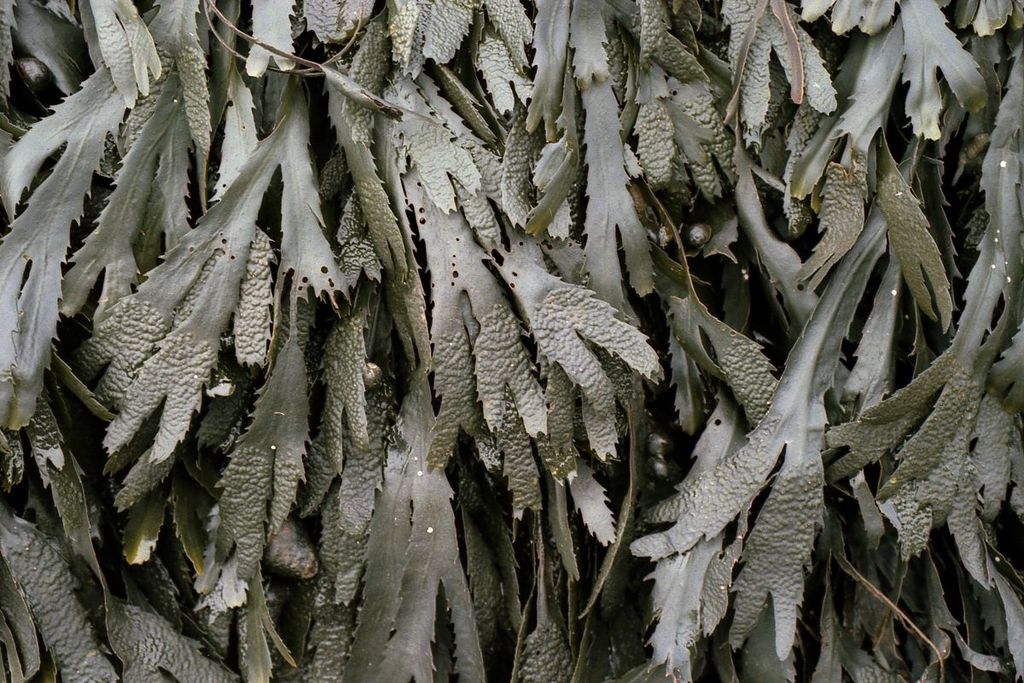Joseph Mwamba conducted a research project with the Earth, Ecology and Environment research collective, while studying for his undergraduate degree at Teesside University and shares his conclusion:
“Plastic forms part of land and marine litter around the world. Plastics are manufactured in their hundreds of millions of metric tons globally and are often abandoned after use in the environment where they can remain for a long time. These form 2 types of pollutants: macro and micro litter.
Macro litter is big (> 5mm) while micro litter is small (<5mm).
Plastic macro litter, macroplastics, have been observed to injure or kill marine animals and birds by process of entanglement or suffocation from ingestion. Over time, macro litter fragments into micro litter due to the influence of UV radiation, hydrolytic properties of seawater/ water and oxidative properties of the atmosphere etc.
Plastic micro litter, microplastics, have been shown to be ingested by birds, fish and other marine organisms and there is concern about the implications of this. The full impact of microplastic pollution is yet to be understood and more research is needed.
Currently, efforts are being made to understand the impact of microplastic pollution. Identifying and isolating microplastics are the initial steps of the process. Microplastics sampled from sediment are extracted primarily by density separation or floatation. Microplastics in biota are extracted by chemical digestion.
Microplastics from seawater are extracted by filtering with nets. Once microplastics are extracted, there are identified visually under dissecting microscope with the help of fluorescence microscopy. Other identification methods include Infrared spectroscopy, Raman spectroscopy and Pyrolysis – GC/MS.
In this Student Researchers project, I wrote a mini literature review on various methods of extracting microplastics from sediments. By reviewing the extraction efficiencies and methodology of different methods, we found that methods that improve on classic density separation by using denser extraction liquids and more extraction techniques i.e. elutriation followed by density separation or the Munich Plastic Sediment Separator (MPSS), were the most successful at extraction of microplastics (small/ S-MPP: < 1 mm and large/ L-MPP: 1 – 5 mm) from sediment.
This informed our choice and method construction to improve the classic density by using the technique with LST Heavy Liquid to extract microplastics from sediment. We also found out in the review that although techniques for the extraction of microplastics were > 90% efficient now, in every other new method reported to the field, data was recorded differently and this posed a problem in the comparability of data from and studies couldn’t fully inform each other of microplastic studies around the globe. We kept this in mind when designing our method.
We then designed a method to extract microplastics from sediment using LST Heavy Liquid. Here we presented a less toxic and recyclable alternative extraction fluid to zinc chloride (1.6 – 1.7 kg/L) which is currently one of the best extraction solutions. LST Heavy Liquid’s density is much higher and allows for extractions of more microplastics than before.
Our method for extraction analysis is counting under a dissection microscope and this allows for data comparison as this is a popular analysis. This blog post makes public our work and allows those who read it to understand important issues of data comparison and work to make sure the problem is solved in future. We also through this work hope to inspire further innovation that will allow extractions to get better as has been the trend thus far.”




